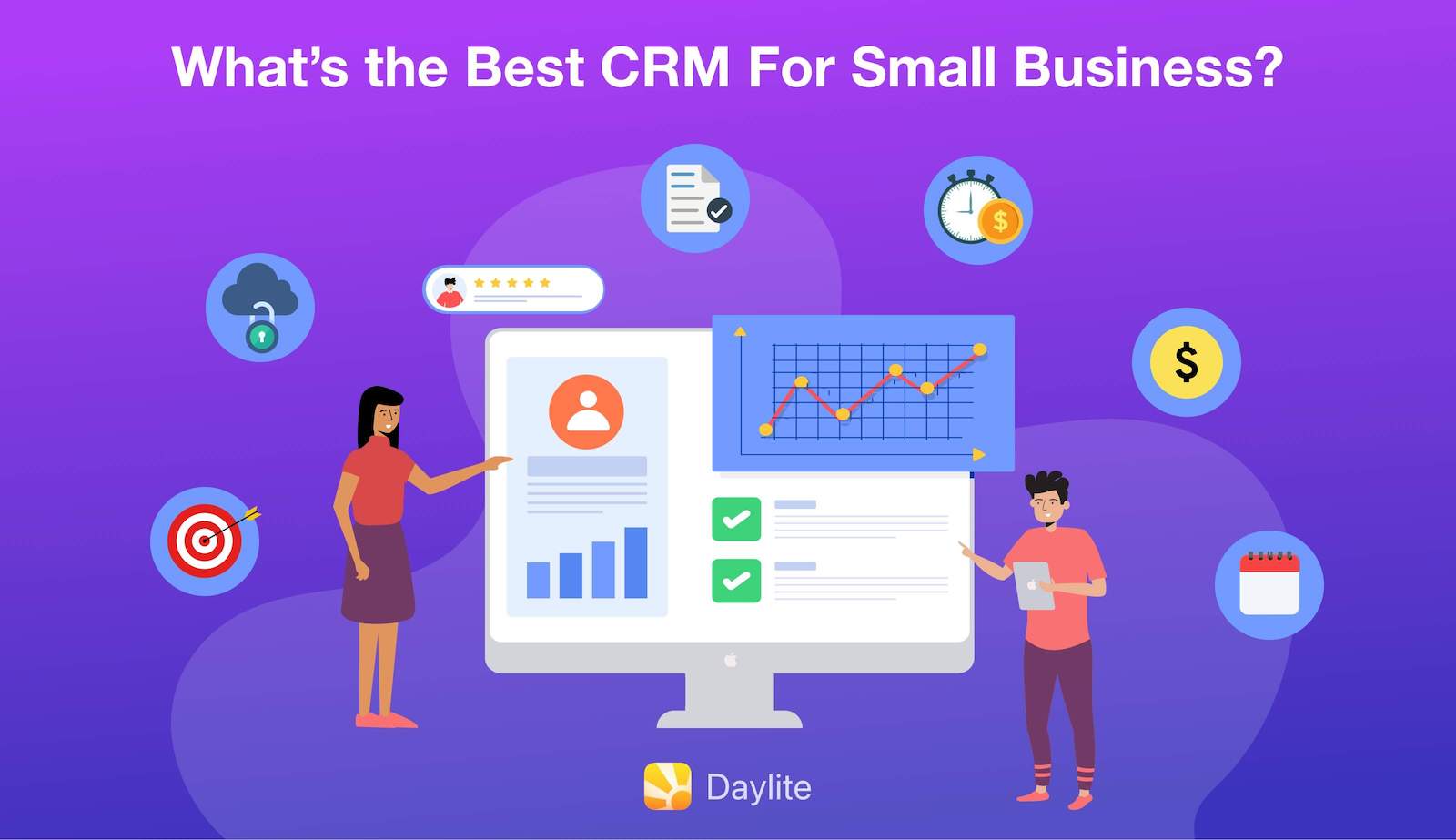
Unlocking the Power of CRM for Marketing Optimization
In today’s fast-paced business environment, staying ahead of the competition requires more than just a great product or service. It demands a deep understanding of your customers and the ability to engage them effectively. This is where Customer Relationship Management (CRM) systems come into play. A well-implemented CRM is no longer a luxury; it’s a necessity for businesses aiming to optimize their marketing efforts and drive significant growth. This article delves into the core of CRM marketing optimization, providing actionable tips and strategies to help you transform your CRM into a powerful engine for customer engagement and revenue generation.
What is CRM Marketing Optimization?
CRM marketing optimization is the process of leveraging your CRM system to improve the efficiency and effectiveness of your marketing campaigns. It involves using customer data stored within your CRM to personalize marketing messages, target the right audience segments, and track campaign performance. The ultimate goal is to enhance customer relationships, boost conversion rates, and maximize your return on investment (ROI).
Why is CRM Marketing Optimization Important?
In a world saturated with marketing messages, capturing the attention of your target audience can be challenging. CRM marketing optimization helps you cut through the noise by delivering relevant, personalized content that resonates with individual customers. Here’s why it’s crucial:
- Improved Customer Experience: Personalized interactions make customers feel valued, leading to higher satisfaction and loyalty.
- Increased Conversion Rates: Targeted campaigns are more likely to convert leads into customers.
- Enhanced ROI: Optimized campaigns minimize wasted ad spend and maximize the impact of your marketing budget.
- Better Data Insights: CRM systems provide valuable data for understanding customer behavior and preferences.
- Streamlined Marketing Processes: Automation features within CRM systems save time and improve efficiency.
Key Components of CRM Marketing Optimization
To effectively optimize your CRM for marketing, you need to focus on several key components:
1. Data Management and Segmentation
The foundation of any successful CRM marketing strategy is data. Your CRM system should be populated with accurate, up-to-date, and relevant customer data. This includes contact information, purchase history, website activity, and interactions with your marketing campaigns. Once you have a solid data foundation, you can segment your audience into different groups based on shared characteristics. This allows you to tailor your marketing messages to the specific needs and interests of each segment.
Tips for Effective Data Management and Segmentation:
- Data Cleansing: Regularly clean your data to remove duplicates and ensure accuracy.
- Data Enrichment: Supplement your CRM data with information from third-party sources.
- Segmentation Criteria: Use a variety of criteria, such as demographics, purchase history, behavior, and engagement level, to create meaningful segments.
- Dynamic Segmentation: Implement dynamic segmentation rules that automatically update segments based on customer behavior.
2. Personalized Marketing Campaigns
Personalization is the cornerstone of effective CRM marketing. By leveraging the data stored in your CRM, you can create marketing campaigns that feel tailored to each customer’s individual needs and preferences. This includes personalizing email subject lines, content, product recommendations, and website experiences.
Tips for Personalizing Your Marketing Campaigns:
- Use Customer Data: Leverage customer data to personalize email subject lines, content, and offers.
- Segmentation for Personalization: Tailor your messaging to specific audience segments.
- Dynamic Content: Use dynamic content to display personalized information based on customer data.
- Behavioral Triggers: Set up automated email triggers based on customer actions, such as website visits or abandoned carts.
3. Marketing Automation
Marketing automation involves using software to automate repetitive marketing tasks, such as email marketing, social media posting, and lead nurturing. This frees up your marketing team to focus on more strategic initiatives. CRM systems often include built-in marketing automation features, allowing you to streamline your marketing workflows.
Tips for Effective Marketing Automation:
- Automated Workflows: Create automated workflows for lead nurturing, onboarding, and customer retention.
- Lead Scoring: Implement lead scoring to prioritize leads based on their likelihood to convert.
- A/B Testing: Test different variations of your marketing messages to optimize performance.
- Integrations: Integrate your CRM with other marketing tools, such as email marketing platforms and social media management tools.
4. Lead Management
Your CRM should be used to effectively manage your leads from the point of initial contact through the sales process. This includes tracking lead sources, qualifying leads, nurturing leads, and handing them off to the sales team. A well-defined lead management process ensures that no leads fall through the cracks and that your sales team is equipped with the information they need to close deals.
Tips for Effective Lead Management:
- Lead Scoring: Prioritize leads based on their engagement and behavior.
- Lead Routing: Automatically route leads to the appropriate sales representatives.
- Lead Nurturing: Implement lead nurturing campaigns to keep leads engaged and move them through the sales funnel.
- Sales and Marketing Alignment: Ensure that your sales and marketing teams are aligned on lead qualification criteria and follow-up processes.
5. Performance Tracking and Analysis
To optimize your CRM marketing efforts, you need to track and analyze key performance indicators (KPIs). This includes tracking metrics such as conversion rates, customer acquisition cost (CAC), customer lifetime value (CLTV), and ROI. By analyzing these metrics, you can identify areas for improvement and make data-driven decisions to optimize your campaigns.
Tips for Effective Performance Tracking and Analysis:
- Define KPIs: Establish clear KPIs to measure the success of your marketing campaigns.
- Use CRM Reporting: Utilize the reporting features within your CRM to track key metrics.
- Regular Analysis: Regularly analyze your data to identify trends and areas for improvement.
- A/B Testing: Conduct A/B tests to compare different marketing messages and strategies.
Step-by-Step Guide to CRM Marketing Optimization
Implementing CRM marketing optimization is a process that requires careful planning and execution. Here’s a step-by-step guide to help you get started:
Step 1: Define Your Goals and Objectives
Before you start optimizing your CRM, it’s essential to define your goals and objectives. What do you want to achieve with your CRM marketing efforts? Are you looking to increase sales, improve customer retention, or generate more leads? Clearly defined goals will guide your strategy and help you measure your success.
Step 2: Assess Your Current CRM Implementation
Evaluate how your CRM is currently being used. Are you utilizing all of its features? Is your data accurate and up-to-date? Identify any gaps or areas for improvement in your current CRM implementation.
Step 3: Clean and Organize Your Data
Ensure that your CRM data is clean, accurate, and well-organized. Remove duplicates, correct errors, and update outdated information. This will provide a solid foundation for your marketing efforts.
Step 4: Segment Your Audience
Divide your customer base into different segments based on shared characteristics. This will allow you to tailor your marketing messages to specific groups, increasing their relevance and effectiveness.
Step 5: Develop Personalized Marketing Campaigns
Create marketing campaigns that are personalized to each customer segment. Use customer data to tailor your messaging, offers, and website experiences.
Step 6: Implement Marketing Automation
Automate repetitive marketing tasks, such as email marketing and lead nurturing, to improve efficiency and free up your team’s time.
Step 7: Track and Analyze Your Results
Track key performance indicators (KPIs) to measure the success of your campaigns. Analyze your data to identify areas for improvement and make data-driven decisions.
Step 8: Continuously Optimize and Refine
CRM marketing optimization is an ongoing process. Continuously monitor your results, make adjustments to your campaigns, and test new strategies to improve your performance.
Choosing the Right CRM System
The success of your CRM marketing efforts hinges on choosing the right CRM system. When selecting a CRM, consider the following factors:
- Features: Does the CRM offer the features you need, such as lead management, marketing automation, and reporting?
- Scalability: Can the CRM scale to meet your future needs?
- Integrations: Does the CRM integrate with your existing marketing tools and platforms?
- Ease of Use: Is the CRM user-friendly and easy to learn?
- Cost: Does the CRM fit within your budget?
- Support: Does the CRM provider offer adequate support and training?
Some popular CRM systems include Salesforce, HubSpot, Zoho CRM, and Microsoft Dynamics 365.
Best Practices for CRM Marketing Optimization
To maximize the effectiveness of your CRM marketing efforts, follow these best practices:
- Prioritize Data Quality: Maintain accurate and up-to-date customer data.
- Personalize Every Interaction: Tailor your marketing messages to individual customers.
- Automate Repetitive Tasks: Use marketing automation to improve efficiency.
- Align Sales and Marketing: Ensure that your sales and marketing teams are working together.
- Track and Analyze Your Results: Monitor your KPIs and make data-driven decisions.
- Be Consistent: Maintain a consistent brand voice and messaging across all channels.
- Provide Value: Offer valuable content and resources to your customers.
- Test and Optimize: Continuously test and optimize your campaigns to improve performance.
- Focus on Customer Experience: Prioritize the customer experience in all of your marketing efforts.
Examples of Successful CRM Marketing Optimization
Let’s look at some real-world examples of how businesses have successfully optimized their CRM for marketing:
- Amazon: Amazon uses its CRM to personalize product recommendations, send targeted email campaigns, and provide a seamless customer experience.
- Netflix: Netflix leverages its CRM to personalize movie and TV show recommendations based on viewing history and preferences.
- Starbucks: Starbucks uses its CRM to send personalized offers and rewards to its loyalty program members.
- HubSpot: HubSpot uses its CRM to nurture leads, personalize website experiences, and track the effectiveness of its marketing campaigns.
Challenges in CRM Marketing Optimization
While CRM marketing optimization offers significant benefits, businesses may face certain challenges:
- Data Silos: Data may be scattered across different systems, making it difficult to get a complete view of the customer.
- Data Quality: Inaccurate or incomplete data can undermine the effectiveness of your marketing efforts.
- Integration Complexity: Integrating your CRM with other marketing tools can be complex and time-consuming.
- Lack of Expertise: Optimizing your CRM for marketing may require specialized skills and expertise.
- Resistance to Change: Employees may be resistant to adopting new processes or technologies.
Overcoming the Challenges
Here are some tips for overcoming the challenges of CRM marketing optimization:
- Invest in Data Integration: Integrate your CRM with other systems to create a centralized view of your customer data.
- Implement Data Cleansing Processes: Regularly clean and update your data to ensure its accuracy.
- Seek Expert Assistance: Hire a CRM consultant or agency to help you optimize your CRM.
- Provide Training: Train your employees on how to use the CRM effectively.
- Foster a Culture of Data-Driven Decision-Making: Encourage your team to use data to inform their decisions.
The Future of CRM Marketing Optimization
The future of CRM marketing optimization is bright, with several emerging trends:
- Artificial Intelligence (AI): AI is being used to personalize marketing messages, automate tasks, and improve lead scoring.
- Machine Learning (ML): ML is being used to predict customer behavior and optimize marketing campaigns.
- Hyper-Personalization: Businesses are increasingly using data to create highly personalized experiences for their customers.
- Omnichannel Marketing: Businesses are using CRM to orchestrate marketing campaigns across multiple channels, such as email, social media, and SMS.
- Privacy and Data Security: With increasing concerns about data privacy, businesses are focusing on data security and compliance.
Conclusion: Embrace CRM for Marketing Success
CRM marketing optimization is a critical strategy for businesses looking to enhance customer relationships, boost conversion rates, and maximize ROI. By focusing on data management, personalization, marketing automation, and performance tracking, you can transform your CRM into a powerful engine for driving growth. Embrace the tips and strategies outlined in this article to unlock the full potential of your CRM and achieve marketing success. Remember, it’s not just about having a CRM; it’s about using it effectively to understand and engage your customers in a meaningful way.

